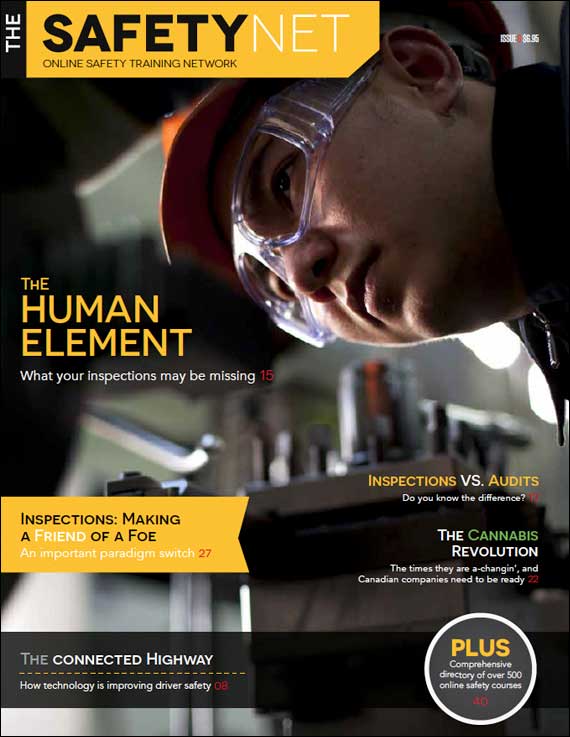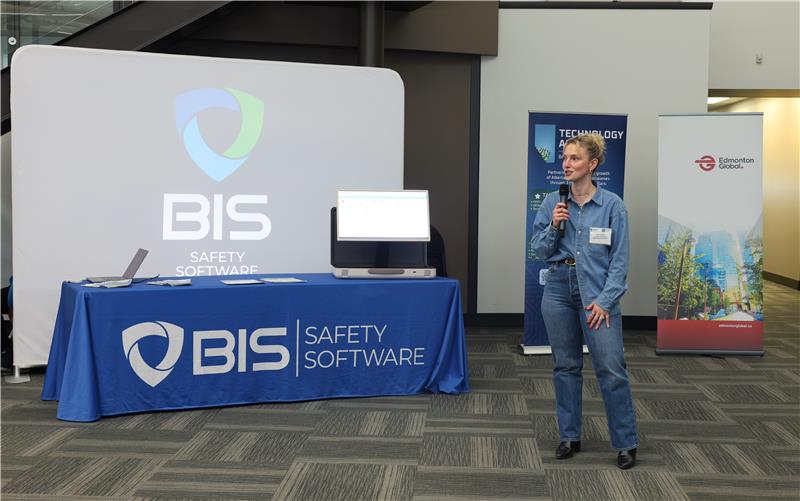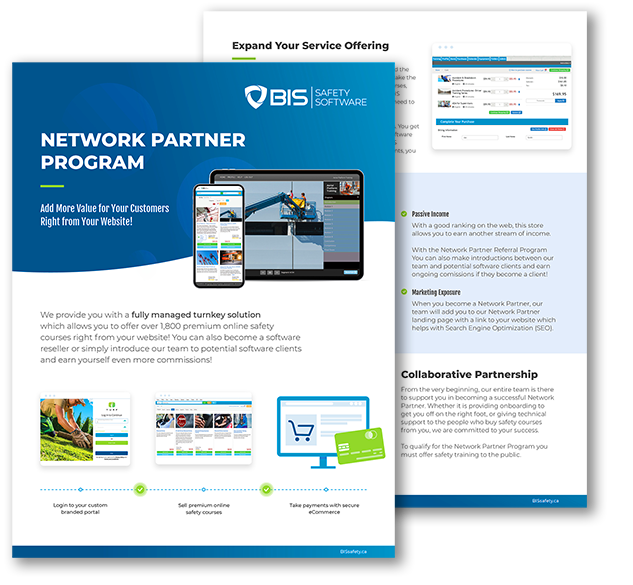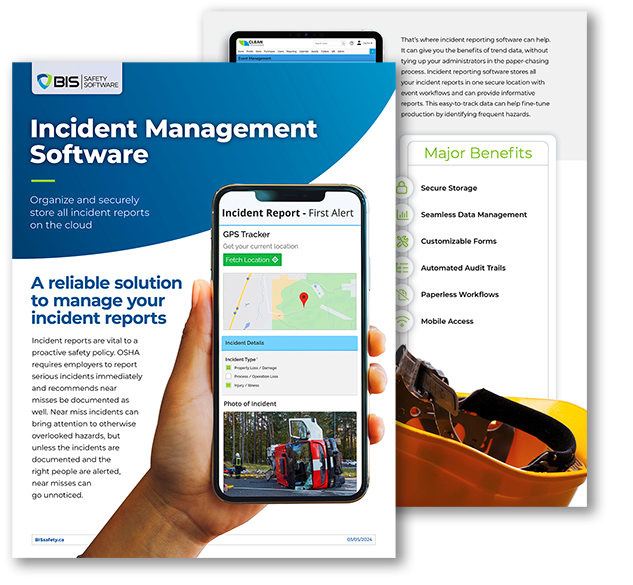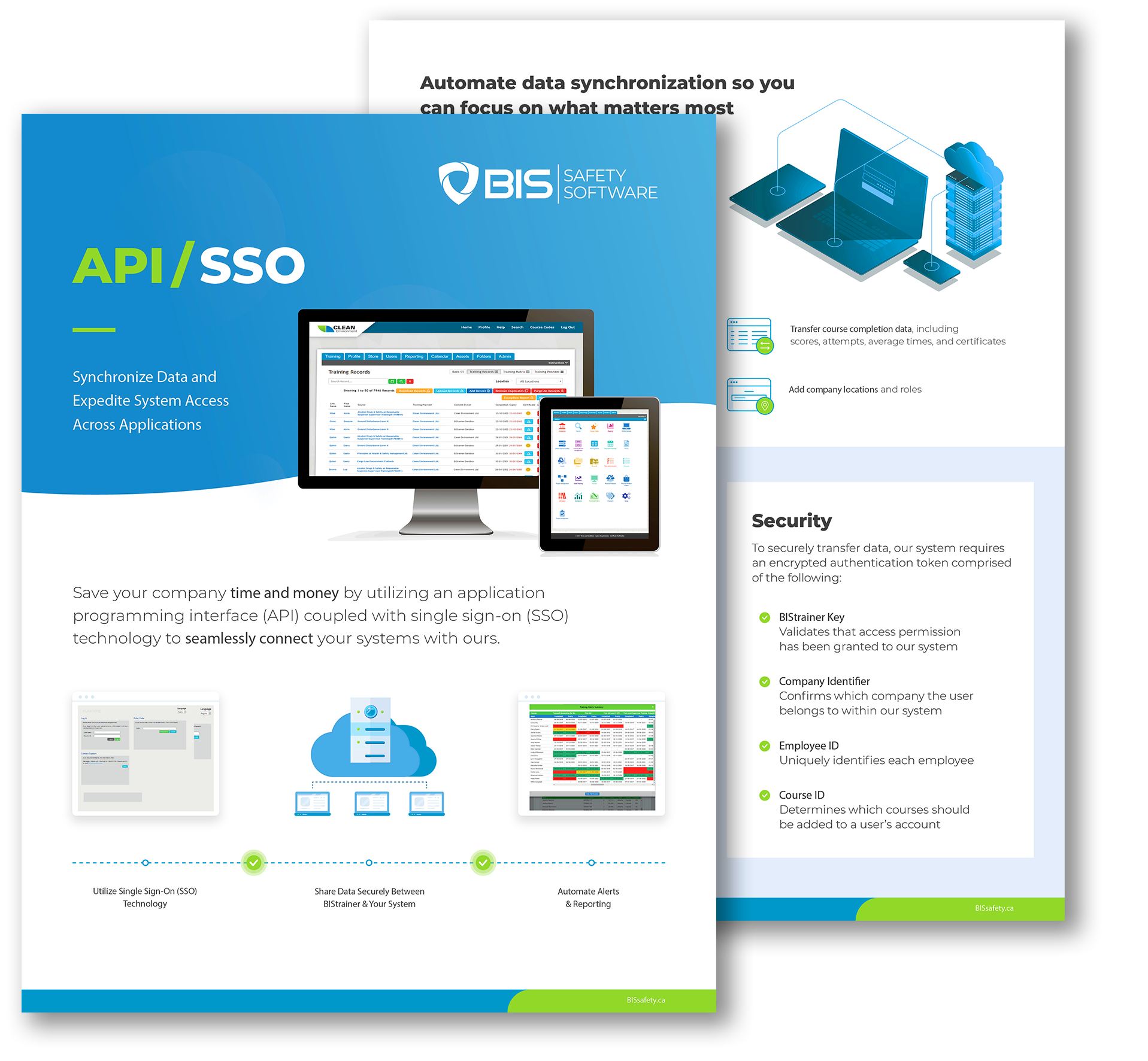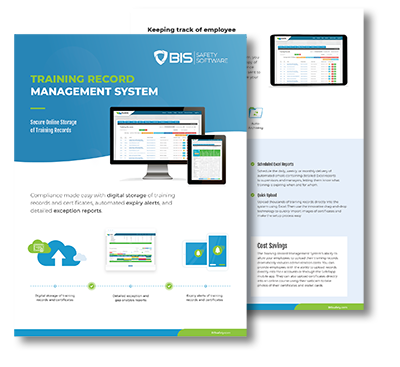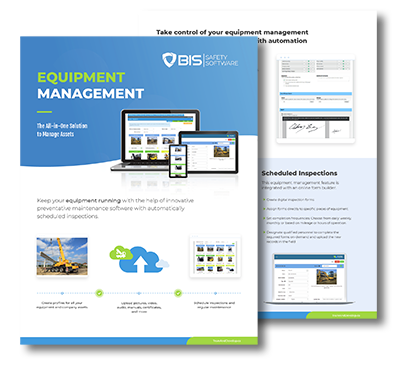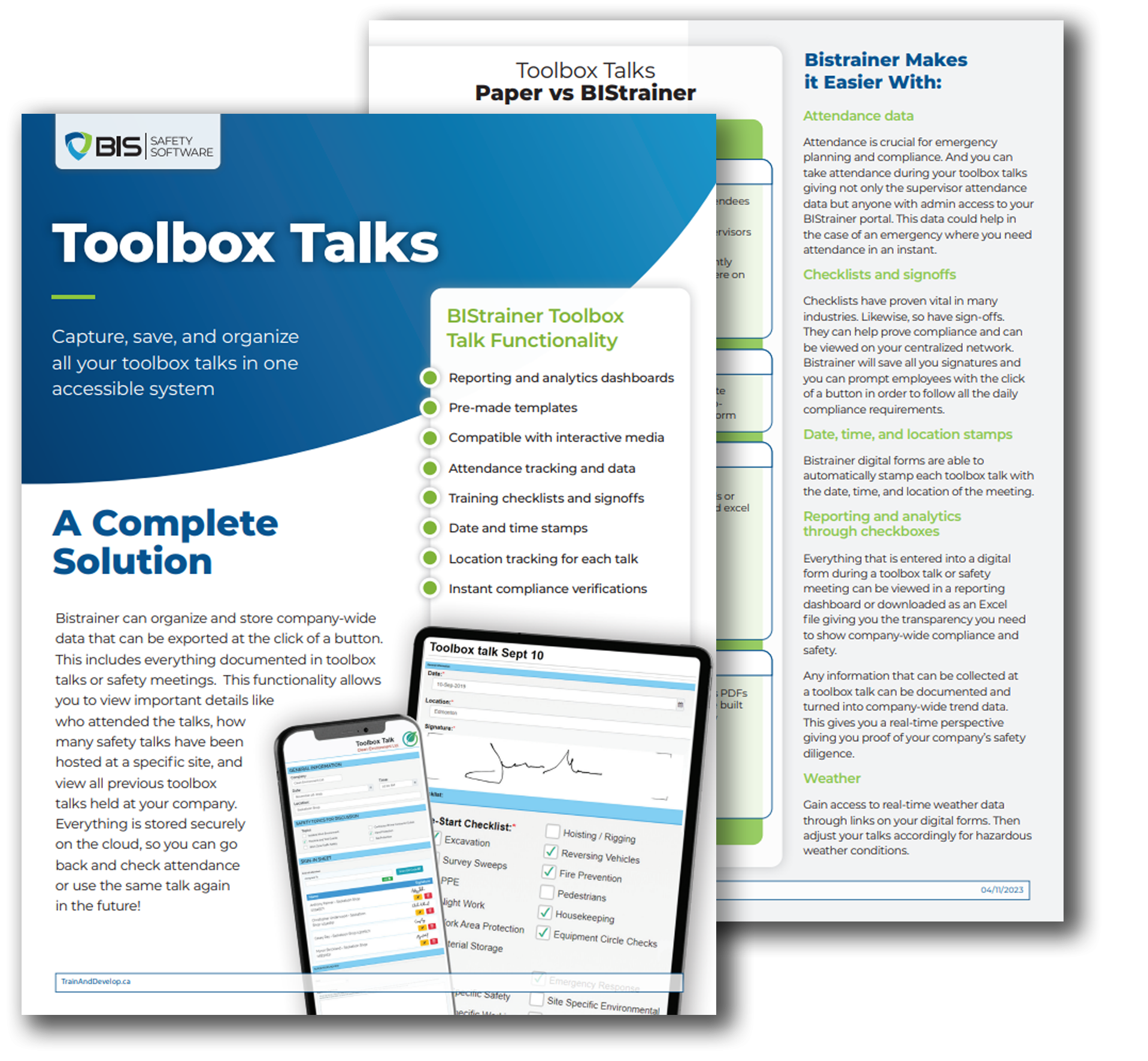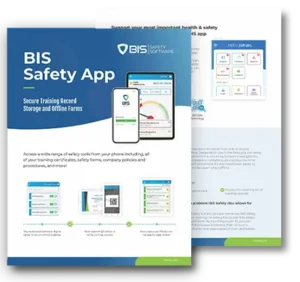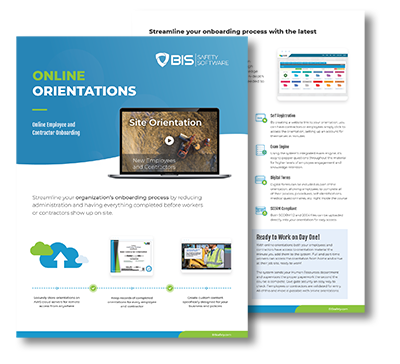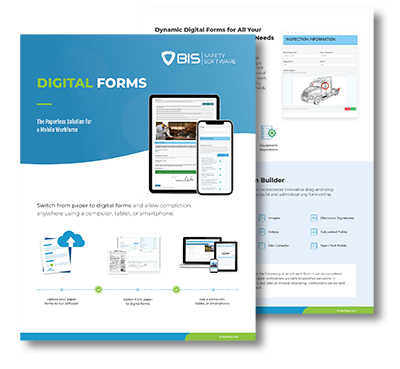Why Smart Document Control Is Critical for Safety Compliance

In safety-focused industries, document control isn’t optional—it’s essential. Discover how a DMS helps Canadian companies stay compliant, avoid confusion, and protect lives through accessible, up-to-date safety documentation.
How Strong Safety Cultures Are Built—and Broken

Learn how companies like Alcoa and Kinder Morgan achieved safety excellence, discover key strategies to foster a safety-first mindset, explore common pitfalls that destroy culture, and understand why real leadership and employee engagement are critical to lasting safety change.
“It Won’t Happen to Me”: Why Overconfidence Puts Workers at Risk

The mindset of invincibility is endangering workers every day. Discover how overconfidence leads to complacency—and how leaders can change the culture.
Why Accidental Safety Leaders Are the Ones Who Make the Biggest Impact

They didn’t plan to be safety professionals, but that’s exactly what makes them effective—stories of grit, leadership, and impact from the field.
EWI Works – Designed to Thrive, Linda Miller’s Ergonomic Quest

Linda Miller didn’t plan to change the way people sit, stand, or move at work, she just wanted to help them heal. Now she’s rewriting what it means to be safe at work. Watch now on YouTube.
Redefining Ergonomics with Linda Miller

Linda Miller helped make ergonomics a workplace standard, now she’s designing jobs around people, not forcing people to fit the job, her approach blends tech, empathy, and prevention, reshaping how we think about safety, productivity, and human-centered design.
The Most Overlooked PPE That Could Save Your Life

Too many workers overlook critical PPE like earplugs, respirators, and gloves, risking serious injury or death, Learn why proper gear use matters, Discover real quotes from safety professionals and workers, Understand how discomfort is no excuse for skipping protection, Get actionable advice for choosing and using PPE correctly, From fall protection to goggles—see what gear gets ignored and why.
A New Frontier or a High-Tech Mirage? The Truth About Safety Tech

Is AI improving workplace safety or overpromising protection? From smart PPE to predictive analytics, explore how tech is transforming hazard prevention, worker trust, and culture.
The Most Dangerous Phrase in Safety: “We’ve Always Done It This Way”

Sticking to outdated safety methods leads to avoidable risks, injuries, and fatalities, evolving safety protocols protects workers, challenging the norm drives safer workplaces, leadership and culture must support safety change, resisting new practices undermines protection
Ditch the ‘Tough Guy’ Mentality

Too many workers risk injury by refusing help to appear tough. This article explains how asking for help and supporting others boosts safety for the whole team.






